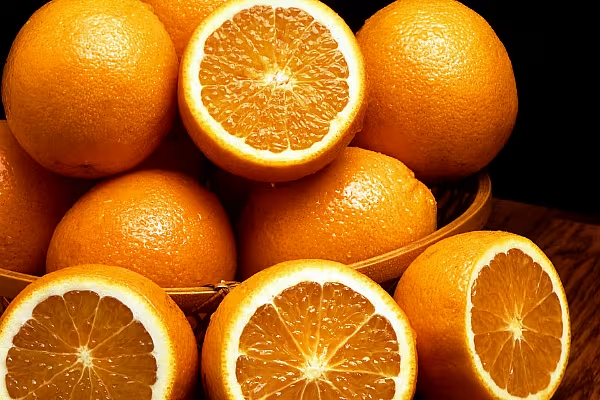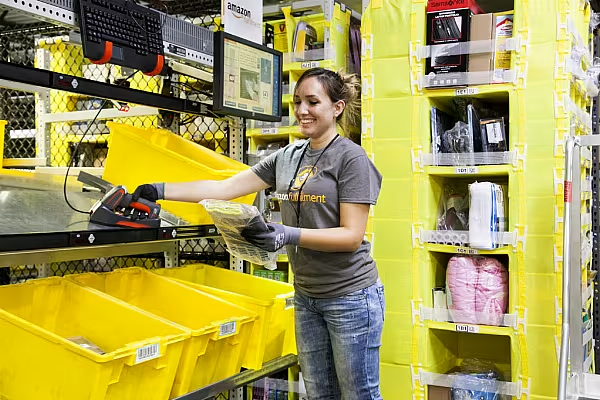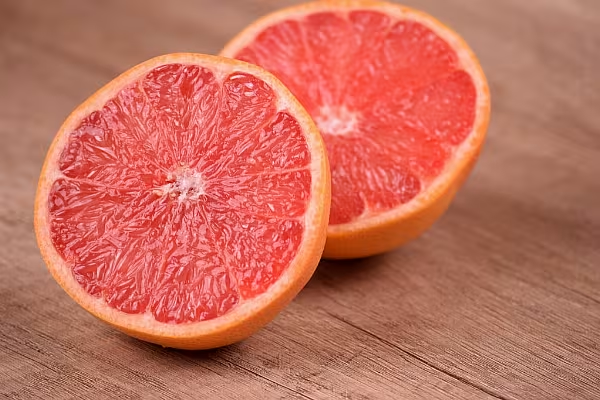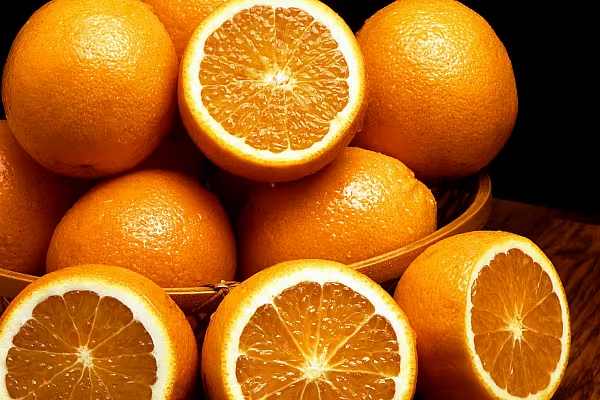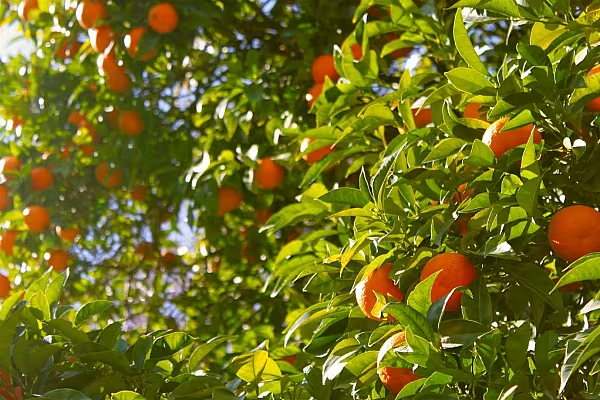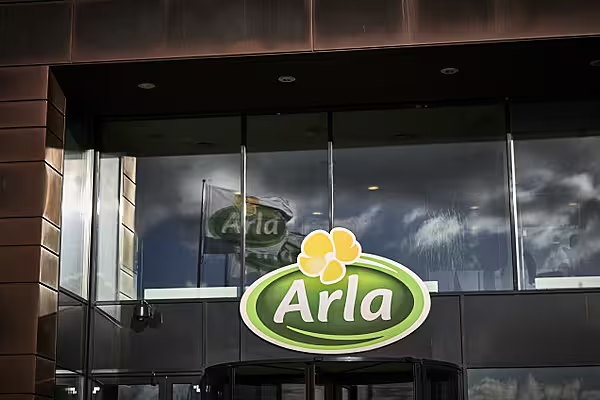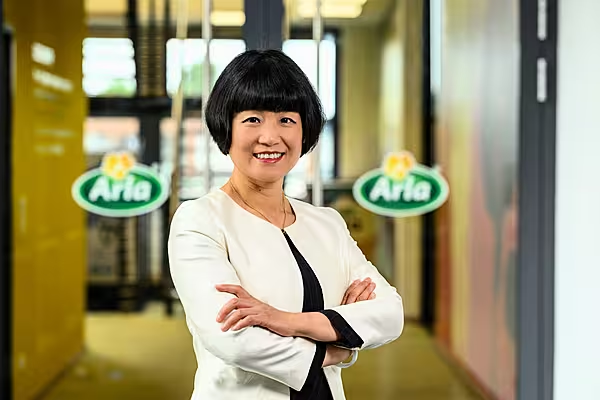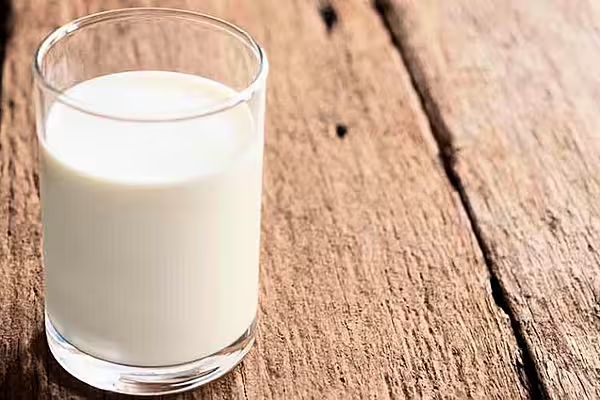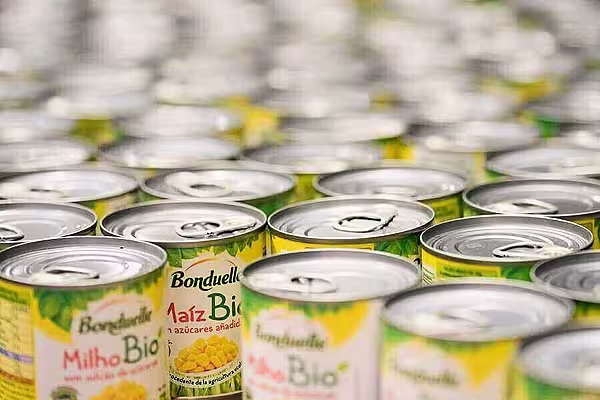After the state’s crop fell to the lowest in almost five decades, production will probably will drop further in the season starting Oct. 1 as a citrus-greening disease continues to wreak havoc for the U.S.’s biggest producer. Shrinking plantings come at a time of diminished consumption.
Farmers will probably collect about 90.75 million boxes in the coming year, according to the average of four analysts surveyed by Bloomberg News. That would be down 6.2 per cent from 96.7 million boxes in the current season ending Sept. 30, according to government data, and the lowest since 1965.
Citrus greening, spread by Asian citrus psyllids and first discovered in Florida in 2005, has triggered the loss of an estimated 100,000 acres and $3.6 billion in state revenues since 2007, according to the University of Florida.
“Tree numbers continue to contract because farmers are not replacing infected trees at a pace enough to match the annual mortality rate of about 3 per cent,” said Tom Spreen, an industry consultant, who’s been analysing the market for more than two decades. Even if yields are steady, the disease has discouraged farmers from replanting, cutting acreage, he said.
Elizabeth Steger, a widely followed industry consultant in Kisseemme, Florida, will release her first estimate for the 2015-16 harvest on Friday. It is typically followed by a forecast from Louis Dreyfus Commodities, one of the world’s largest juice processors. The USDA will issue its first forecast for the next crop at noon on Oct. 9 in Washington.
Fewer Calories
Orange juice fell 13 per cent on ICE Futures U.S. in New York in the past year to $1.287 a pound as slowing demand tops supply concerns.
In the year ending Sept. 30, Americans will consume 675,000 tons of orange juice, down from 716,000 a year earlier, and the lowest since at least 1986, USDA data show. Ending stockpiles will rise 7.5 per cent to 373,000 tons.
A proliferation of juice and beverage options plus consumers seeking drinks with fewer calories contributed to the slide in demand, according to Ross Colbert, a New York-based global beverage strategist at Rabobank International.
Rising Costs
By 2014, there were 452,364 acres planted with oranges for commercial use, the fewest since at least 1966, according to the most recent data available from the Florida Department of Citrus.
In addition to rising costs to control disease, urban sprawl and hurricane damages also contributed to the decline, according to Andrew Meadows, a spokesman for Florida Citrus Mutual, the state’s biggest grower organisation.
“Some growers think that they can bring production higher,” Meadows said in a telephone interview. “Some are less optimistic, or even borderline pessimistic because the cost to combat the disease is too high.”
Spreen, former chairman of the University of Florida’s Food & Resource Department, said annual farm costs to fight the greening disease have increased to $2,000 an acre from about $1,200 five years ago. The costs include fertiliser, herbicides and fungicides. He spoke from Alexandria, Indiana, by telephone.
‘In the Doldrums’
“Farmers have tried many things, but nothing has been effective to eradicate the disease,” he said. “Another big problem is getting demand up.”
To help curb supplies, the USDA this week said it will buy $20 million of surplus frozen concentrate. That is in addition to $23 million in funding announced in April to support research and extension projects for producers fighting citrus greening.
While the overall expectation is for a smaller crop, prices probably will remain in check because “consumption is in the doldrums” and supplies are ample, said John Ortelle, a vice president for McKeanny-Flavell Co. a brokerage in Oakland, California.
Bloomberg News, edited by ESM. To subscribe to ESM: The European Supermarket Magazine, click here.
